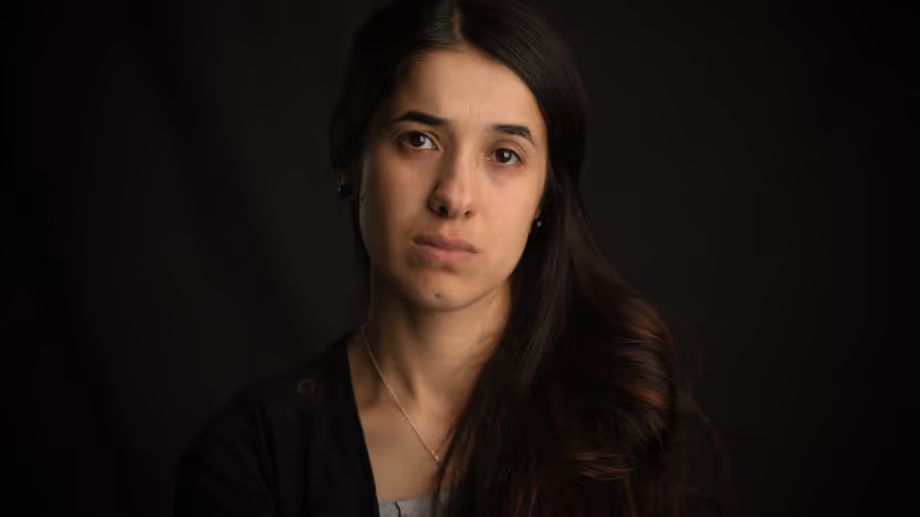Nadia Murad in the Public Eye: Analyzing the Moral Responsibility of the Media Activities
Activities

Lesson Opening: Meeting Nadia Murad and the Yazidi people
Distribute the background handout and the article and project a map of the region for students to become geographically familiar with the context of this lesson.
Read aloud both the background and the article and have students circle unfamiliar terms and underline passages that offer central information to understanding the Yazidi people. Have students share terms and questions that surfaced from these readings as a class or in small groups. Collect and post these in class to revisit again at the end of the lesson.
Activity: Nadia in the Public Eye
Directions: Explain to students that they will be watching a series of three clips from On Her Shoulders, each offering different examples of how the media interacts with and responds to Nadia Murad’s story and to Murad as a public figure. After each viewing, students will have a few minutes to respond in writing to the clip using the Clip Note Catcher handout.
Distribute the Clip Note Catcher and have students review the questions posed for each clip in advance.
Watch Clip One: “On Her Shoulders” (runtime 3:50)
Allow several minutes for students to complete their answers on the Clip Note Catcher.
Watch Clip Two: “The Interview” (runtime 8:40)
Allow several minutes for students to complete their answers on the Clip Note Catcher.
What Clip Three: “Quest for Justice” (runtime 5:51 min)
Allow several minutes for students to complete their answers on the Clip Note Catcher.
Closing Exercise and Homework
Share the quote below from Murad from On Her Shoulders. Have students pair up and spend a few moments discussing their thoughts about this quote in relationship to what they viewed in class today.
“I wasn’t raised to give speeches or to meet with world leaders, nor to stand for a cause that is so complex and difficult. As you know, since the night of August 3, 2014, everything has changed.”
Homework: Have students use Murad’s story as a reference point as each one writes a one page op-ed piece, letter to the editor, or blog post for a hypothetical radio, television station, newspaper or online journal, explaining their point of view on the roles and ethical and moral responsibilities of members of the media when reporting on and interacting with survivors of genocide. Students can incorporate any information found on the handouts, in notes taken in class when viewing the clips or through researching any of the resources recommended at the end of this lesson.
Extended Learning
Students will upload their point of view writing online to a shared classroom portal. If a class does not have a shared online space, students will need to print at least two copies of their pieces for a peer-review exercise the following day.

